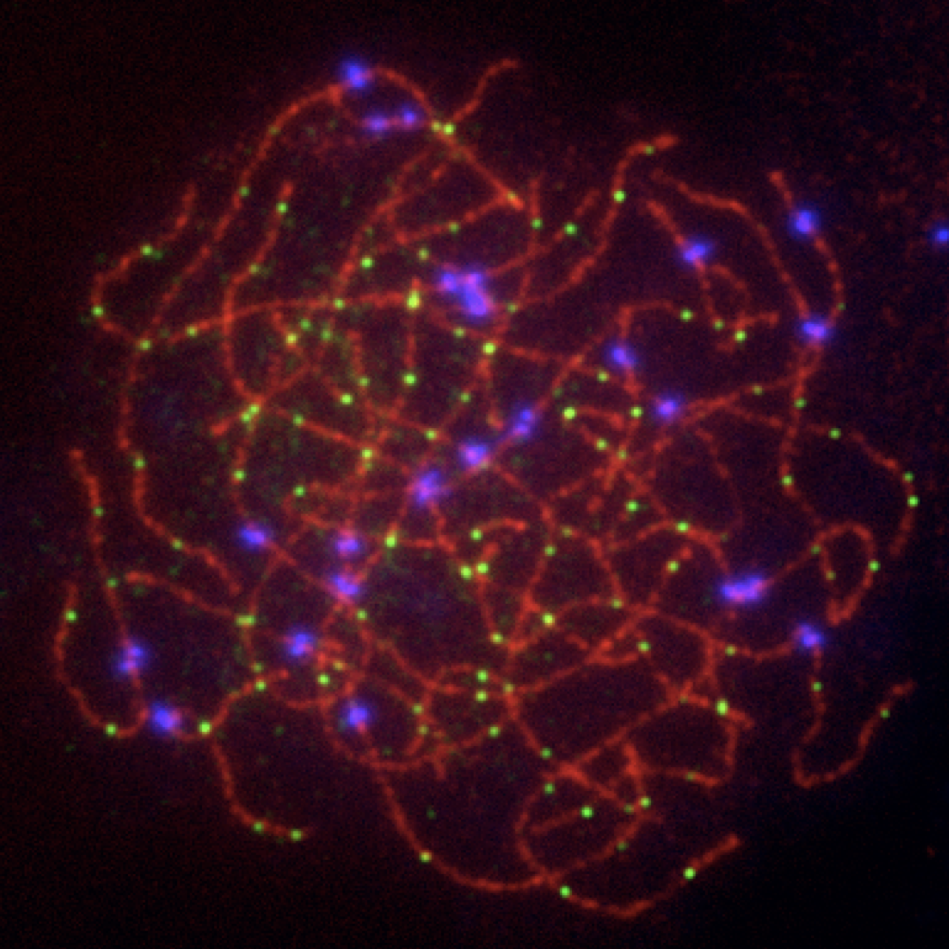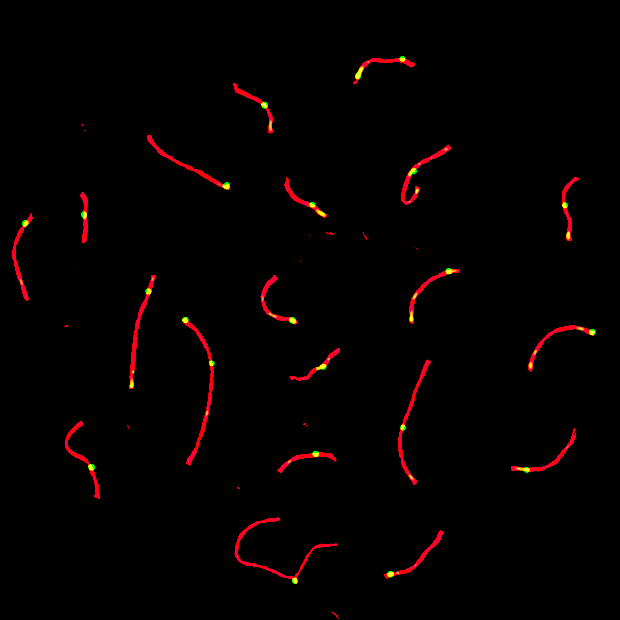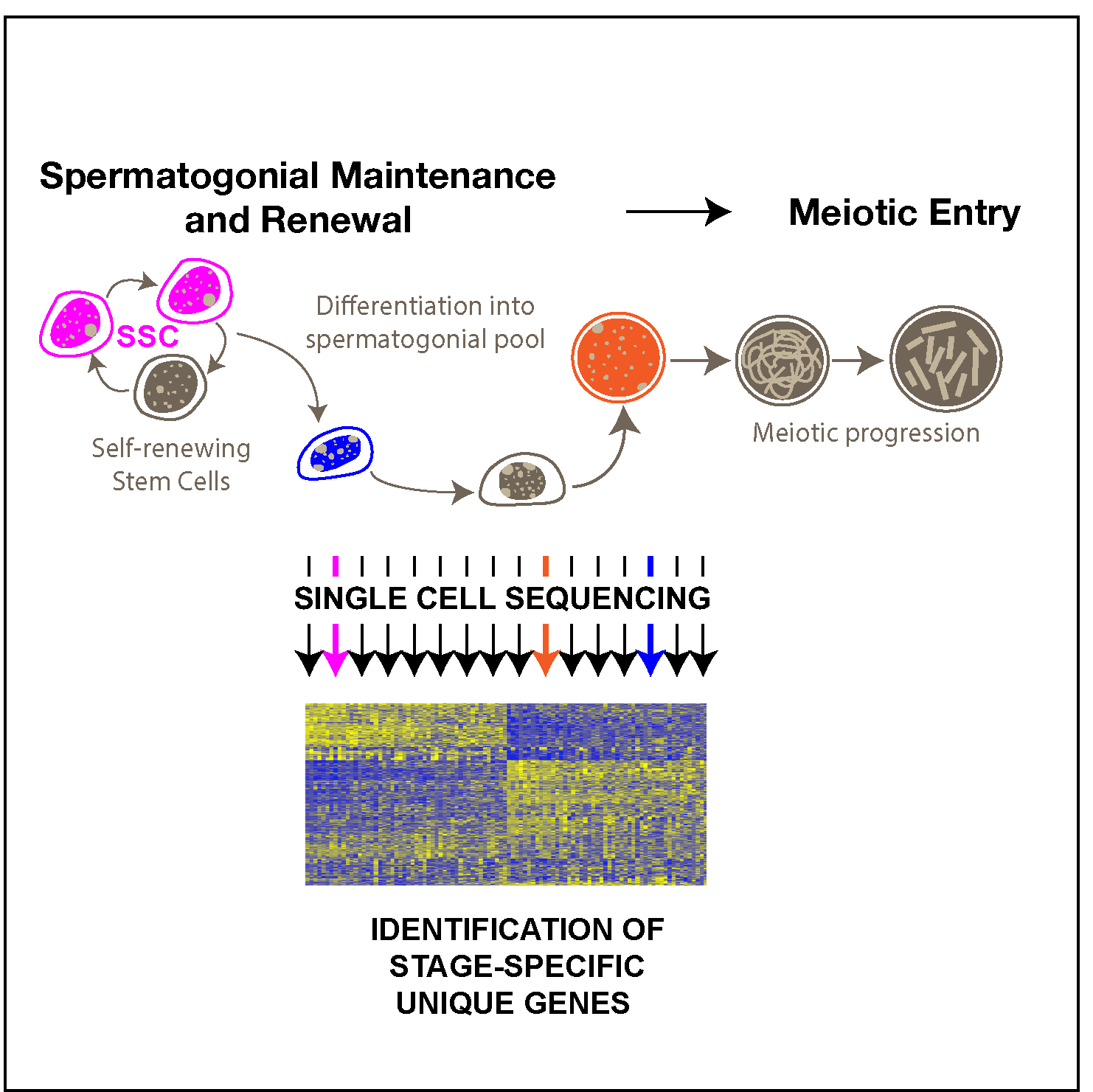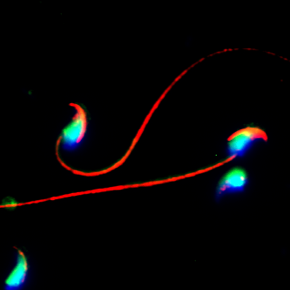

MSH4-MSH5 promote crossover designation through interactions with the appropriate pro-crossover factors
During meiosis, crucial events of prophase I such as pairing, synapsis, DNA double strand breaks (DSBs), and homologous recombination allows distinct pathways to occur in a temporal and spatial manner resulting the initiation of repairing the genome. DSBs are either repaired as noncrossovers or crossovers (COs) of which CO events are necessary for facilitating homologous chromosome interactions through until the first meiotic division. In mouse, only 10% of DSBs are destined to be resolved as crossovers, being repaired through at least two known pathways, Class I and Class II. It has been previously shown that when key regulators in Class I becomes inactive, there are no existing compensatory mechanisms to rescue the effect of the reduced frequency of COs. However, there is compensation from Class I when there is loss of function in the Class II pathway. The Cohen lab has shown that majority of crossovers are formed in the Class I which is about 90% -95% whereas the remaining crossovers are formed by the Class II pathway. These crossover events include many essential proteins that play regulatory roles. Specifically, heterodimer MSH4/MSH5 (MutSγ homologues 4/5) which are components that participates in DNA mismatch repair (MMR). MSH4/MSH5 play important role(s) in crossover formation and when absent, results to meiotic failure and infertility. Moreover, as a complex, the two proteins localizes to the recombination intermediate sites and recruit other key players (including MutLγ homologues 1/3) to mediate crossover formation via the class I pathway. The Cohen lab is interested in further understanding the nature of these MMR proteins and how they interact with other key players involved in the regulation of crossovers. In particular, we are exploring the idea that MSH4-MSH5 may regulated class II crossovers in a manner that is distinct from their class I crossover involvement.
Summary prepared by Ky'ara Carr, BMCB Graduate Student






